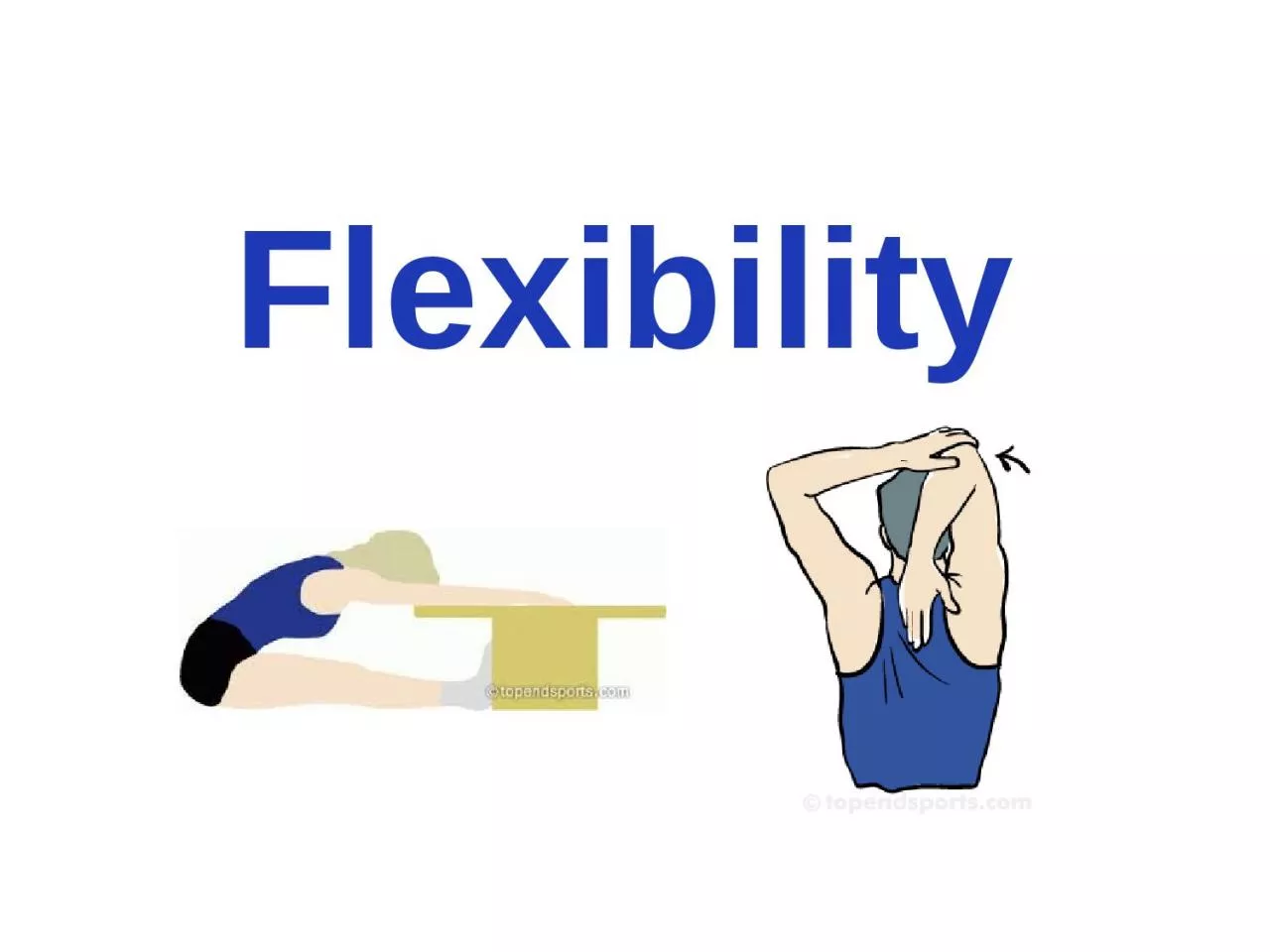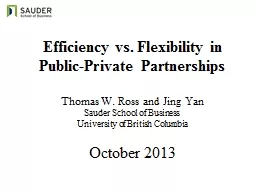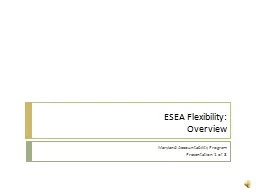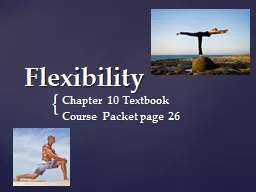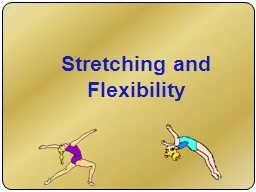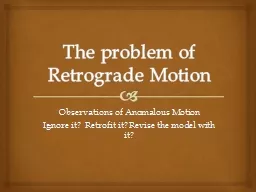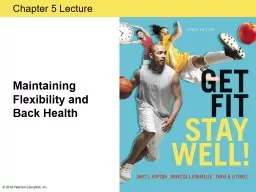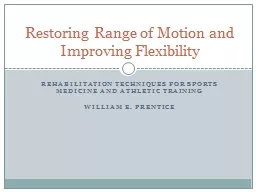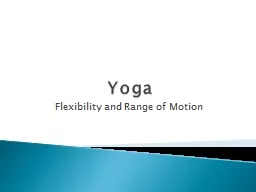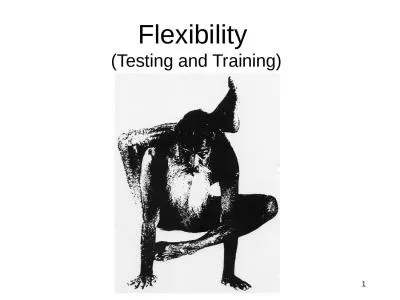PPT-Flexibility The ability to move a joint through it’s full range of motion.
Author : evelyn | Published Date : 2023-11-08
Joint A joint is the point at which 2 bones come together Joints Types and Examples of Joints Types of Joints Pivot Gliding Hinge Ball and Socket Examples Neck
Presentation Embed Code
Download Presentation
Download Presentation The PPT/PDF document "Flexibility The ability to move a joint ..." is the property of its rightful owner. Permission is granted to download and print the materials on this website for personal, non-commercial use only, and to display it on your personal computer provided you do not modify the materials and that you retain all copyright notices contained in the materials. By downloading content from our website, you accept the terms of this agreement.
Flexibility The ability to move a joint through it’s full range of motion.: Transcript
Download Rules Of Document
"Flexibility The ability to move a joint through it’s full range of motion."The content belongs to its owner. You may download and print it for personal use, without modification, and keep all copyright notices. By downloading, you agree to these terms.
Related Documents

